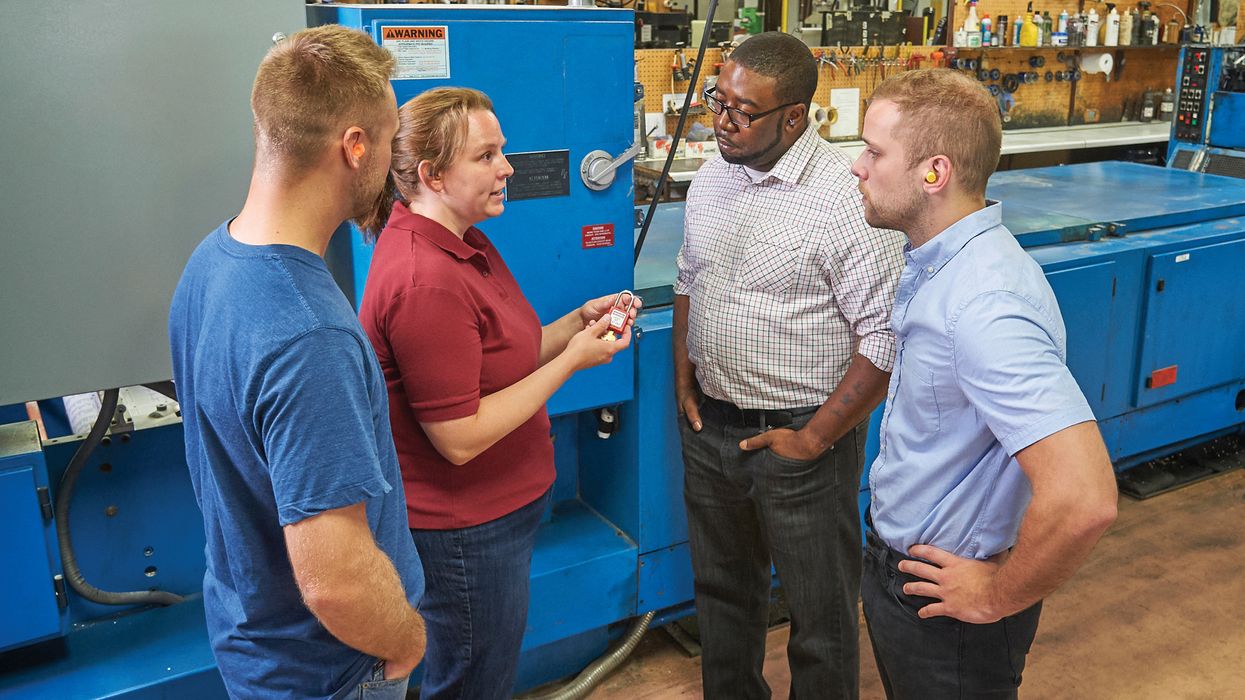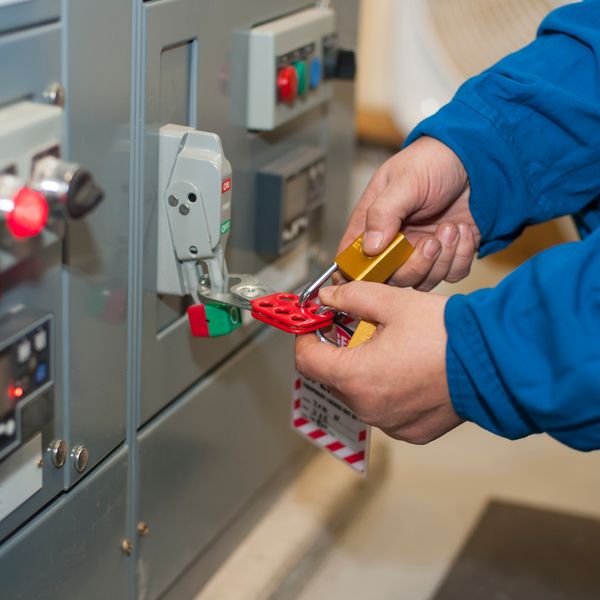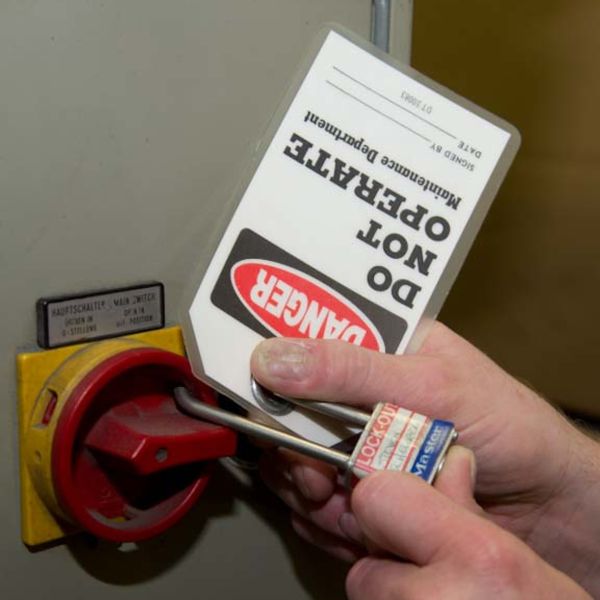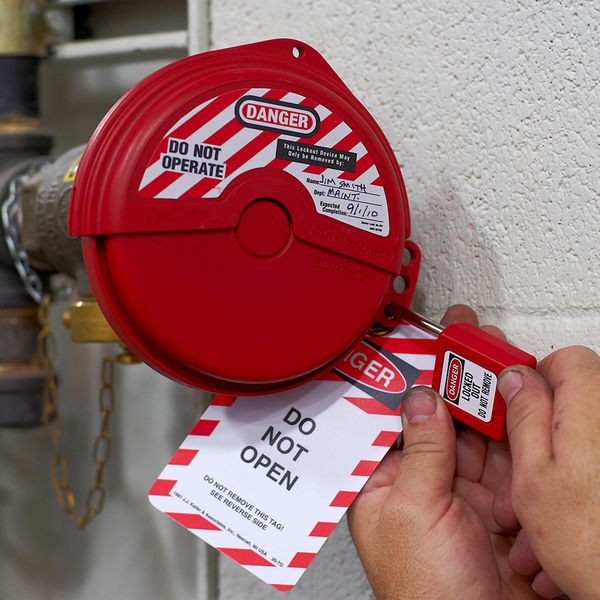Lockout tagout versus the minor servicing exception
Many companies have equipment and machinery that needs to be locked out and tagged out before performing servicing or repair operations. This isn’t an option, OSHA has a lockout/tagout standard (at 1910.147) that requires this be done. However, there are some disturbing statistics that indicate employers are not performing the needed lockout/tagout. In 2020, the Bureau of Labor Statistics indicated that 4,350 injuries occurred (including 840 amputations) when workers were caught in running equipment or machinery during maintenance and cleaning activities.
With that said, you should know that are some servicing operations performed during normal production operations are exempt from coverage under the lockout/tagout standard. This is called the minor servicing exception. The reasoning for this exception is that there are certain servicing activities that are necessary to carry out the production process, provided that associated danger zones are properly guarded. The employer then looks to 1910 Subpart O machine guarding requirements to cover these types of operations.
Determine if the exception is valid
There are specific criteria that must be met for the minor servicing exception to apply. For example, performing minor tool changes and adjustments that must be done during normal production operations, falls under the exemption if they’re routine, repetitive, and integral to the use of the equipment for production. However, employers are not off the hook, they need to make sure the work is performed using alternative measures which provide effective protection.
The employer will have to state their case to OSHA that the minor servicing is needed for the normal production of the machine. They’ll have to explain why they haven’t found a way to guard, lockout/tagout, or engineer that specific machine process and why employees must place their hands or body into the machine.
Document the production process with reasons for you conclusion. Employers can’t just state to OSHA that the machine meets the minor servicing exception without having solid evidence that the production process of the machine can’t be stopped to lock it out.
Check for the three criteria
Three specific criteria can be used to determine if the minor servicing exception would apply to a particular activity. First, the activity must be conducted during normal production operations, such as while the machine or equipment is performing its intended production function.
Second, the activity must be:
- Routine: The activity must be a regular course of procedure and be in accordance with established practices.
- Repetitive: The activity must be regularly repeated as part of the production process.
- Integral: The activity must be essential to the production process.
Use alternative measures
Third, if all of these apply, you must use alternative measures to provide effective protection from the hazardous energy. Some acceptable alternative measures include specially designed tools, remote devices, interlocked barrier guards, local disconnects, or control switches which are under the exclusive control of the employee performing the minor servicing. Make sure these alternative measures allow employees to safely perform the servicing task without being exposed to the unexpected energization or activation of the equipment, or the release of stored energy.
To explain this further let’s look at an example: An employer allowed employees to go on top of a machine, that had two conveyor belts, to clear jams. This was an established practice that had to be done to get out production every night and the machine would not work unless jams were cleared.
Employees were used to kneeling on the conveyor that they had turned off so they could reach into the second conveyor belt where the jams occurred. The second conveyor was not turned off and employees were getting their hands and parts of their body on that conveyor. OSHA allowed the minor servicing exception to apply in this instance but cited the employer for not using tools to clear the jams.
Keys to remember
If the minor servicing exception is not met in full, the lockout/tagout standard applies in full, and the machine or equipment must be deenergized and all potentially hazardous energy rendered safe.



















































